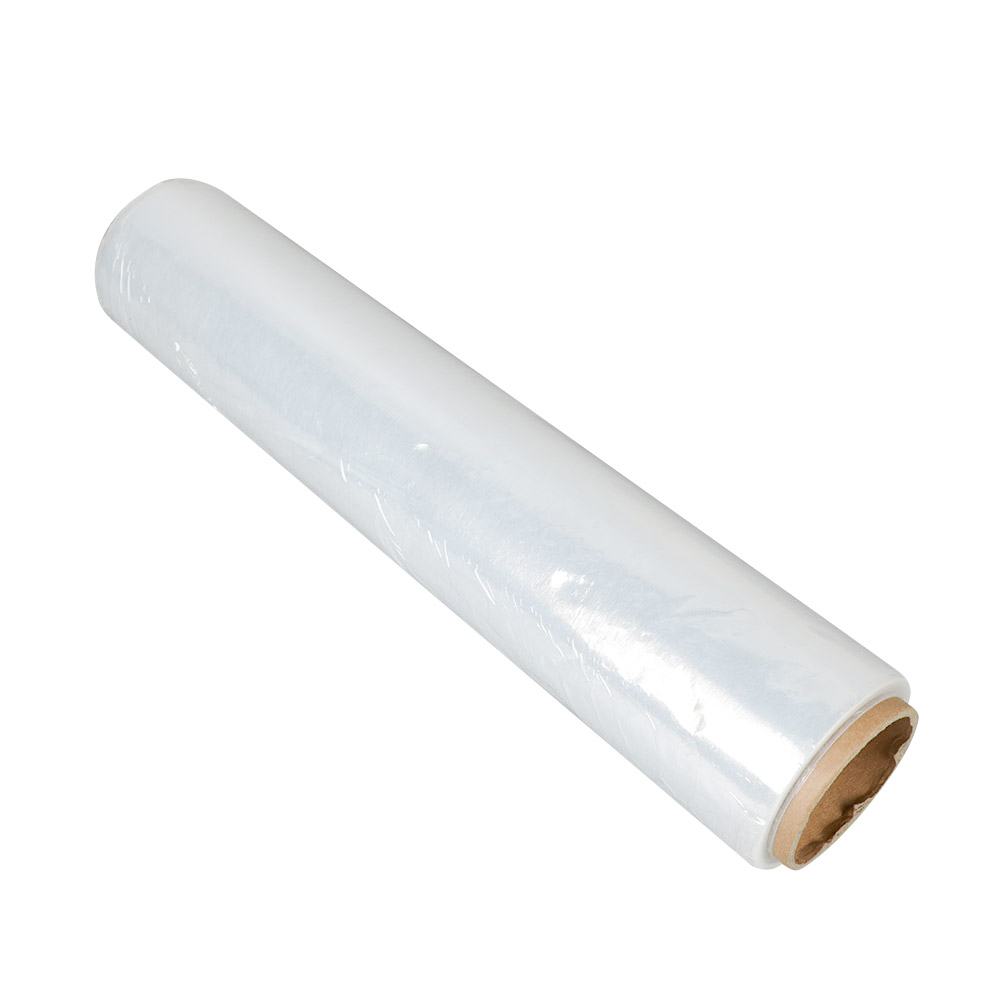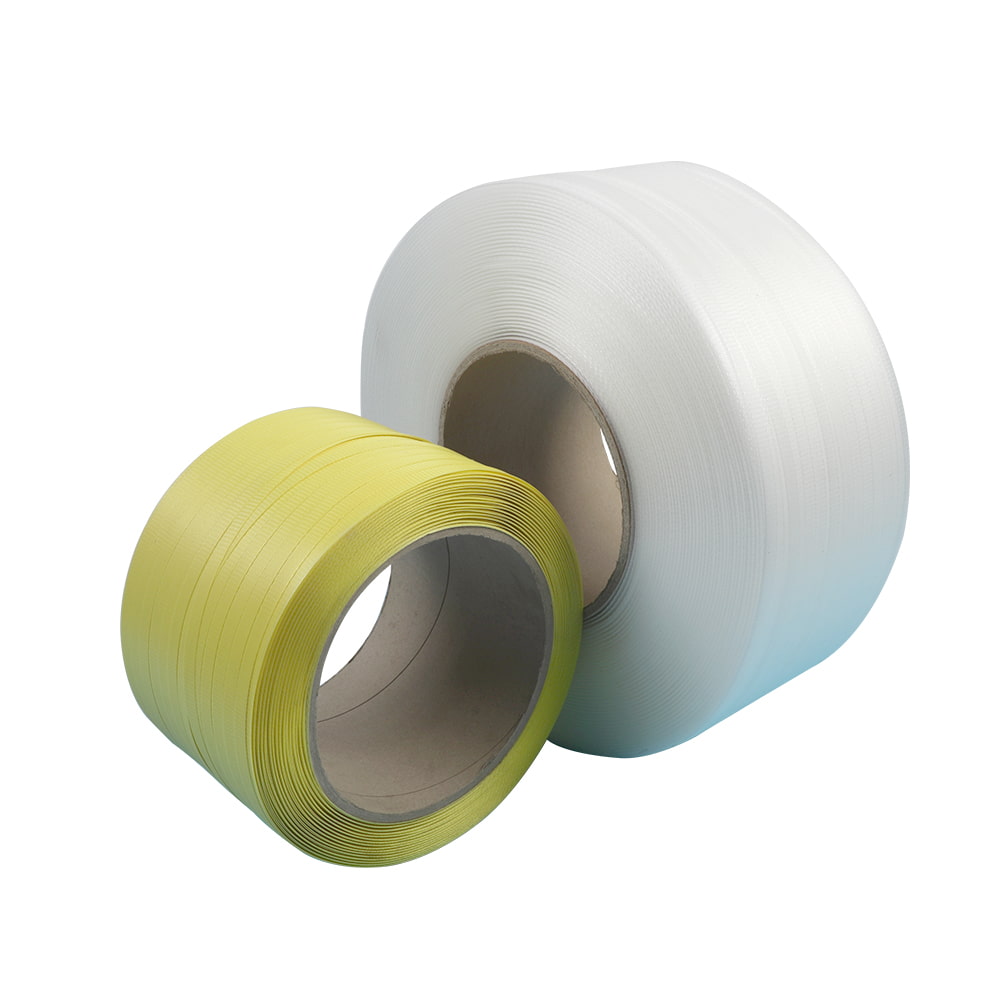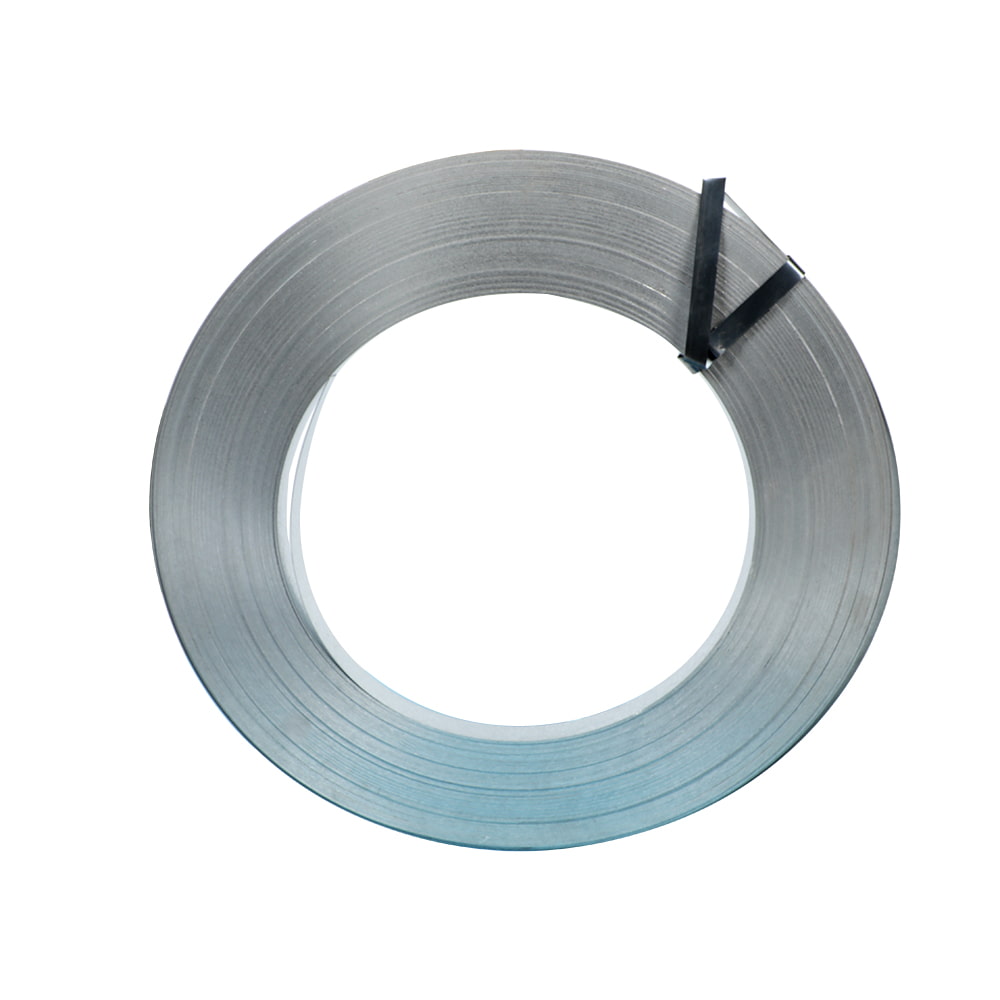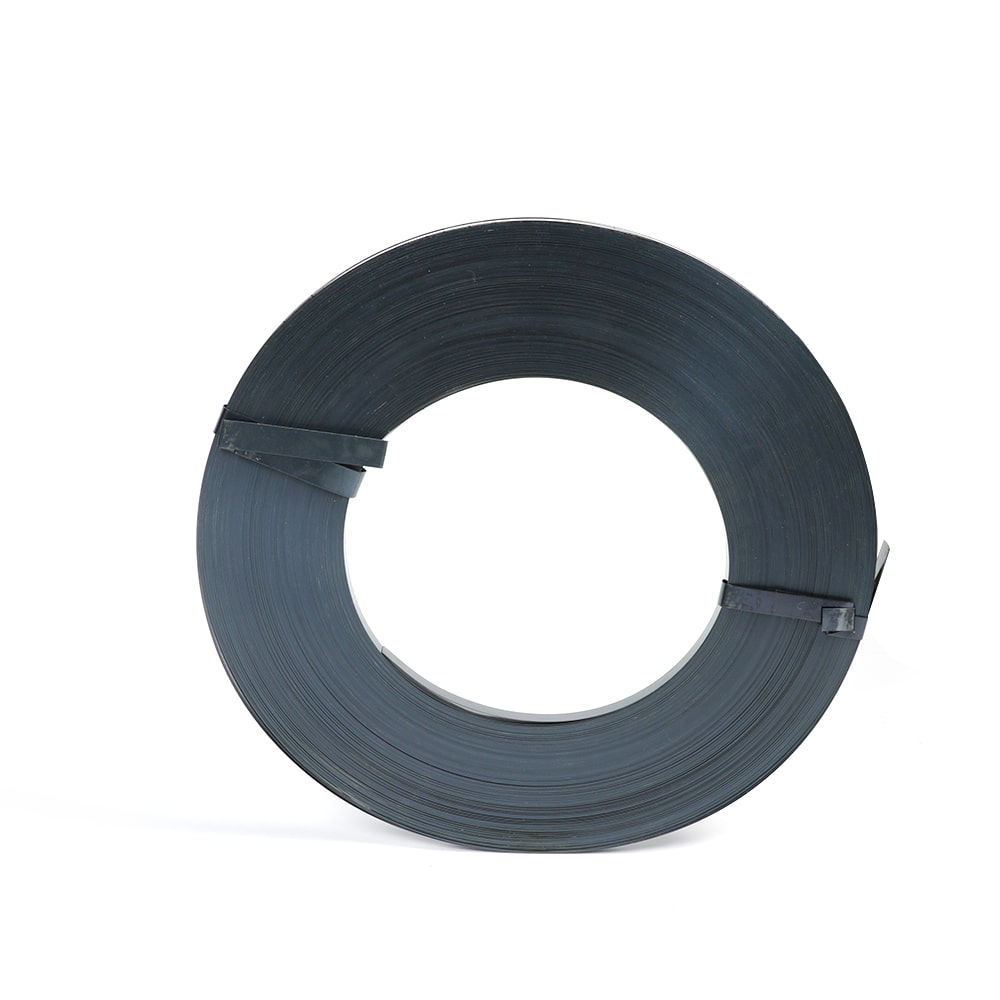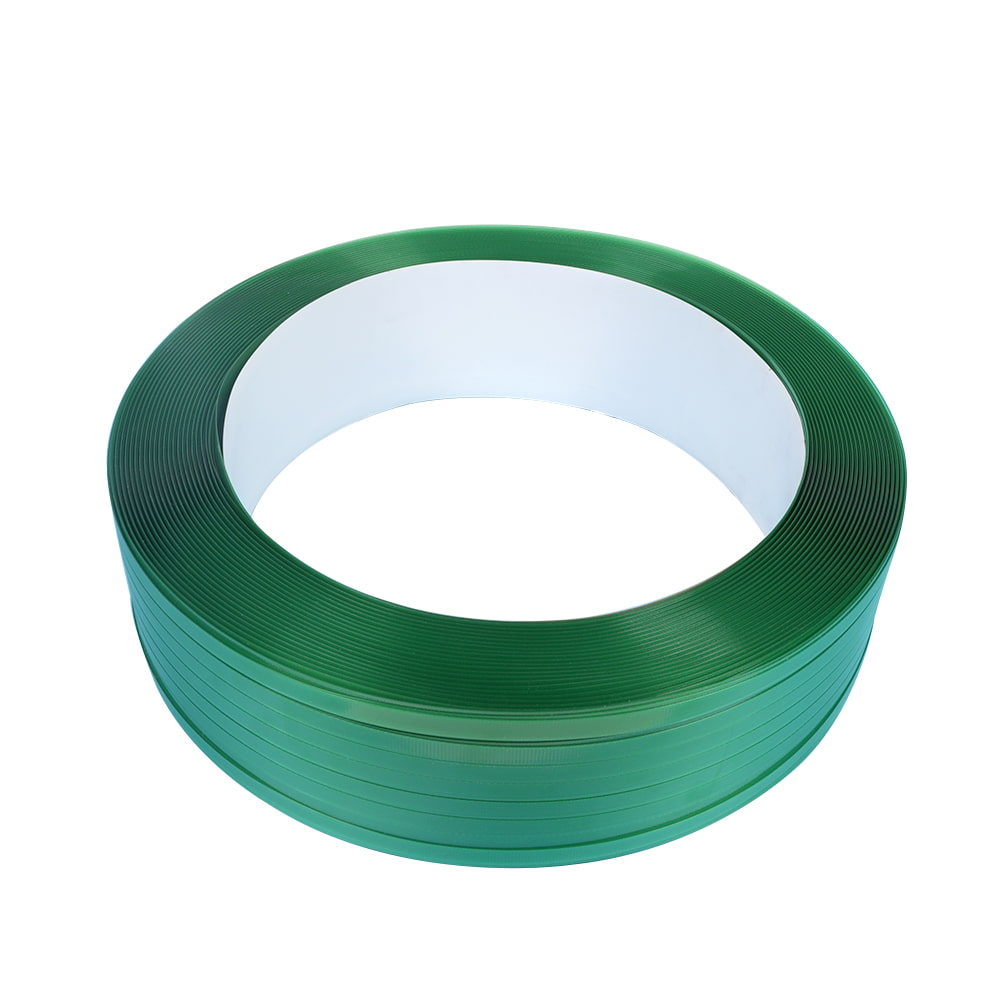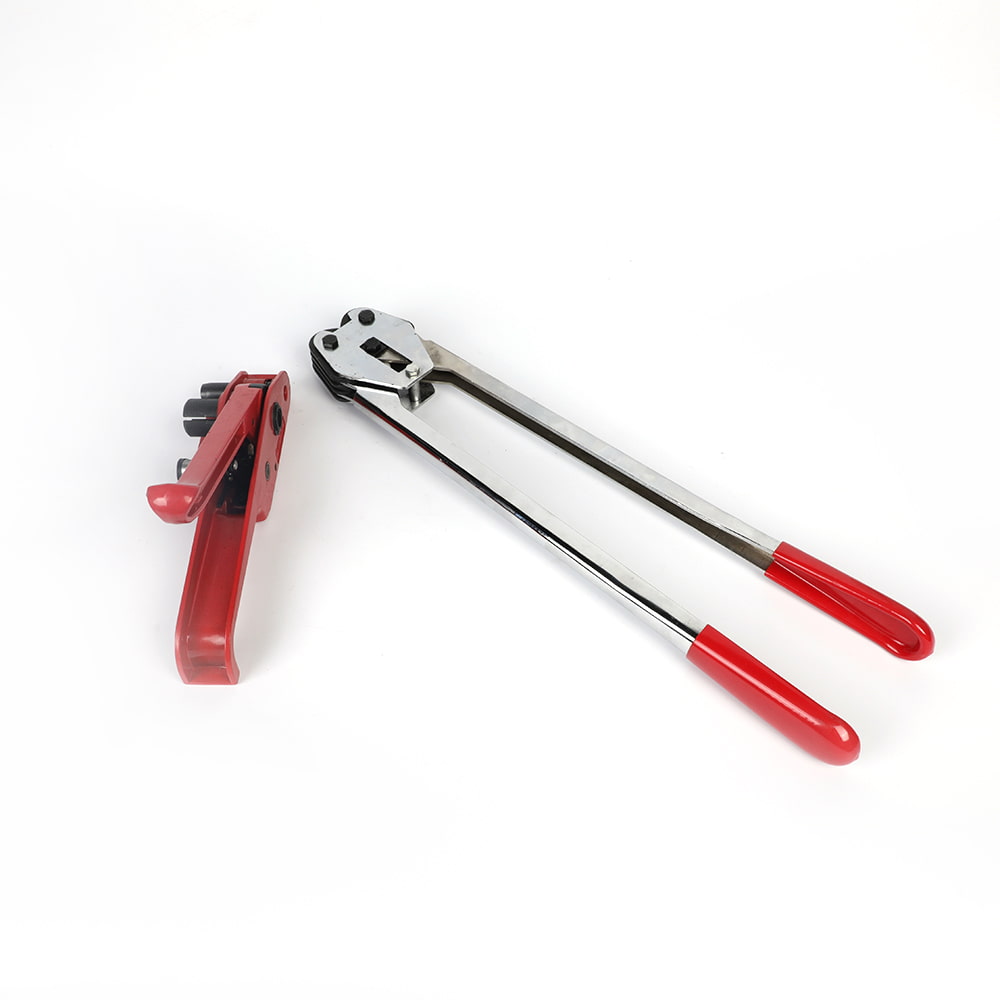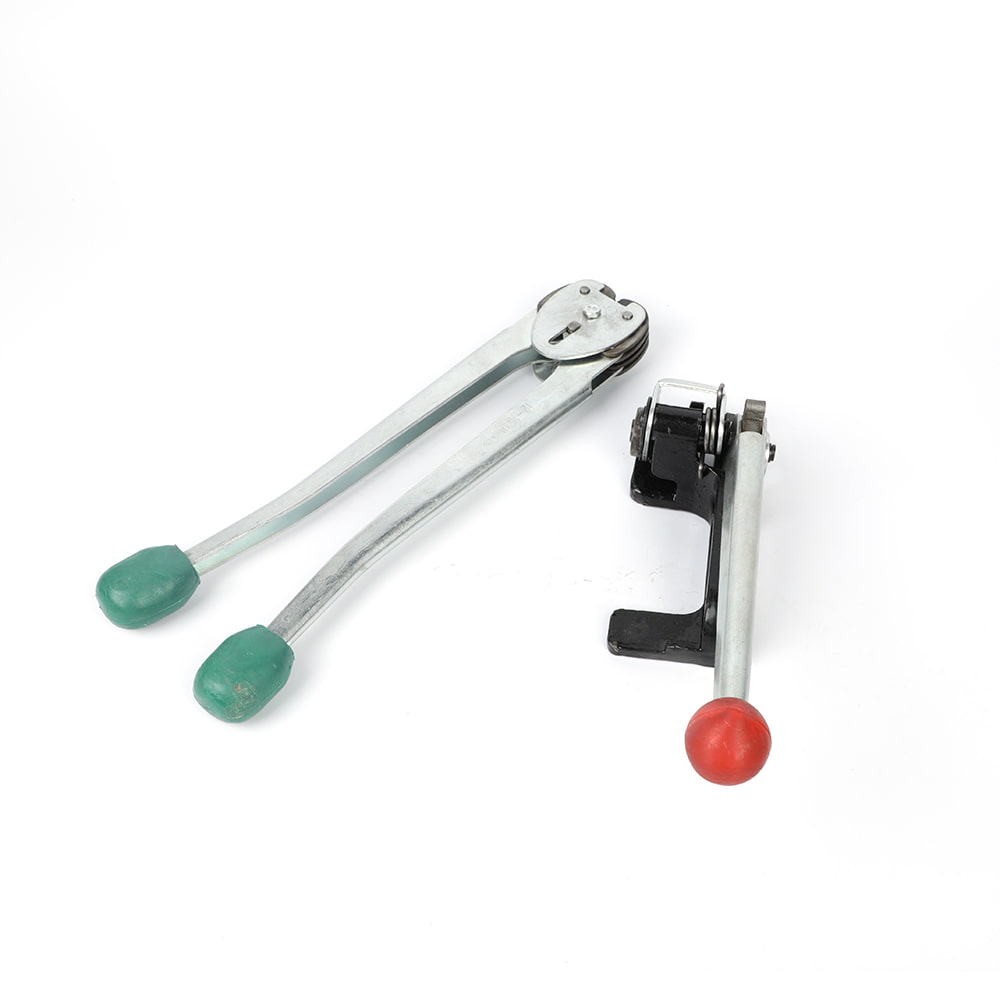How to Use Profiled Steel Fibres in Concrete
Author:admin Date:2023-02-16
Profiled steel fibres have an increased surface area and reduced frictional bonding, which results in improved interfacial strength. This is a significant advantage for high-performance fibre-reinforced concrete (SFRC) applications, and can be exploited to improve the performance of SFRCs.

Profiled steel fibres are used in SFRC as a reinforcement to increase shear, flexural, and direct tensile strength. However, it is important to understand that the fibre shape and content affect the mechanical properties of SFRC.
When adding Profiled steel fibres to a concrete mix, there are a few details that need to be taken into account. These include dosage, length, effective diameter, and deformation.
To get the best strength and bonding capabilities, deformations of steel fibres should be kept to a minimum. Most commonly, fibers are shaped into continuous waves or bumps, hooked ends, or flat ends, depending on their intended use.
The shape of steel fibres is also important for determining their reinforced effect on concrete. Based on regression analysis, it was found that ST-F had a similar reinforced effect to HE-F, and CO-F had a slightly better reinforced effect.
Steel fibres provide a significant increase in flexural tensile strength and fracture energy when added in SFRC. They are also known to improve the bridging effect of concrete.
Profiled steel fibres have a variety of shapes and sizes. Fiber manufacturers sell different shapes in order to meet the needs of various construction projects.
The shape of the fibers influences the bridging effect and the bond between the concrete and steel fibre. Longer fibers have a higher aspect ratio and are more effective than shorter fibers.
The relationship between flexural tensile strength (ffcu,fts,fv,ftm), ff reinforced ratio (ffr/ff), and steel fiber volume fraction (Vf) was tested for three shapes of fibers, namely, straight (ST-F), hooked end (HE-F), and corrugated (CO-F). Results show that the flexural tensile strength (fftm) is nearly a linear function of Vf.

 EN
EN 
 English
English 中文简体
中文简体

